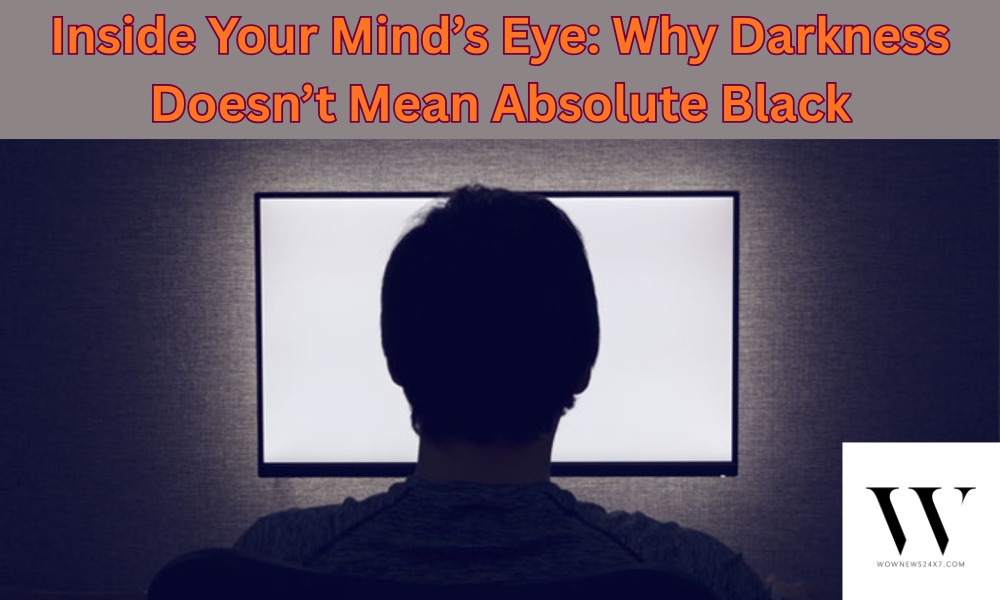When the lights go out, the dark we perceive isn’t true black but a murky gray called eigengrau, caused by spontaneous visual noise from our retina and brain. This intrinsic light keeps our visual system alert and blends reality with imagination in total darkness.
Have you ever wondered why complete darkness isn’t truly black? When the lights go out or you close your eyes, what you “see” isn’t pure black but a dark gray shade known scientifically as eigengrau—or “intrinsic gray.” This fascinating phenomenon arises not from external light, but from the brain’s own visual noise and the spontaneous firing of retinal cells.
Key Highlights:
What is Eigengrau? Eigengrau is the dim gray you perceive in absolute darkness, caused by random signals generated by the optic nerve. Even in the absence of light, the retina continuously sends faint signals which the brain interprets as a low-level light, preventing true black perception.
Retina and Brain Activity: Rod cells in the retina, responsible for low-light vision, remain active and generate spontaneous fluctuations. The brain, striving to make sense of these signals, creates the sensation of a murky gray backdrop rather than empty blackness.
Phosphenes and Visual Illusions: Mechanical or electrical stimulation of the eye can trigger phosphenes—flashes or patterns of light that exist independently of external stimuli. This underscores how much vision is brain interpretation rather than simple light detection.
Evolutionary Advantage: This intrinsic “light” may keep us alert in darkness, sharpening other senses for survival, by preventing the mind from succumbing to a void where threats may lurk unseen.
Perception vs. Reality: Our experience of sight is a fusion of sensory input, brain processing, and even imagination. Optical illusions and closed-eye visuals further reveal how the brain invents or modifies images, highlighting perception’s subjective nature.
Scientific Exploration: Researchers have used eye-tracking and neurological studies to understand how movement and brain predictions create visual sensations without real light, revealing the complexity of our visual system.
In sum, true darkness is a visual impossibility for the human brain. Instead, we see a greyish canvas that blends neural activity with perception, illustrating how intricately our minds shape our experience of the world—even when no external light exists.
Sources: Indian Express, Economic Times, Popular Mechanics, BBC
